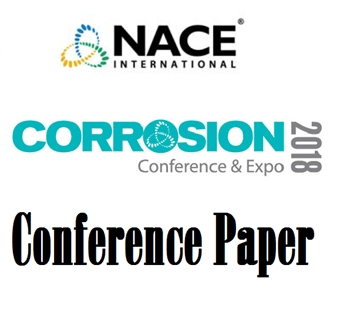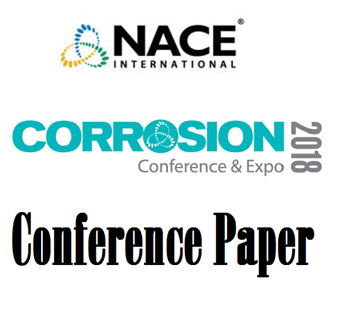Search
51318-10846-Comparison of critical pitting temperatures of stainless steel in different salt solutions
Also Purchased
51312-01334-Determination of the Critical Pitting Temperature of Stainless Steel using Electrochemical Testing T
Product Number:
51312-01334-SG
ISBN:
01334 2012 CP
Publication Date:
2012
$20.00
51318-10842-Good Fabrication Stage Practices to Mitigate Risks Associated with Wet H2S Caustic Amine Carbonate Corrosion and Cracking
Product Number:
51318-10842-SG
Publication Date:
2018
$20.00
51318-10849-Effect of iron sulphide formation on hydrogen embrittlement of an API 5L X80 steel in H2S solutions
Product Number:
51318-10849-SG
Publication Date:
2018
$20.00




